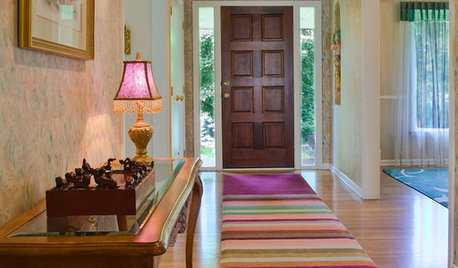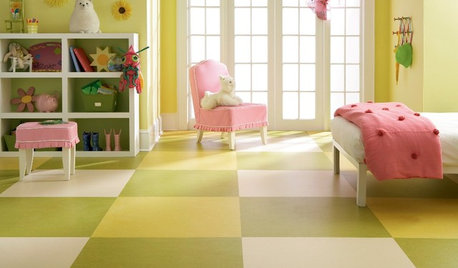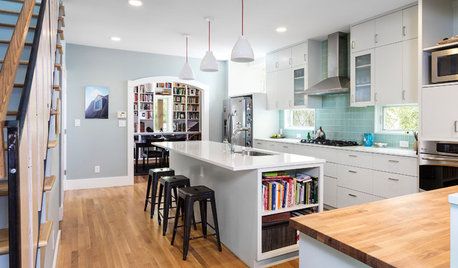pplease recommend stripping product for floors?
girlndocs
13 years ago
Related Stories

HOUSEKEEPINGLower Your Heating Bills With Some Simple Weather Stripping
Plug the holes in your house this winter to make sure cold air stays where it belongs: outside
Full Story
DECORATING GUIDESDiscover the Unstoppable Advantages of Cork for the Home
Look beyond wine stoppers to see cork's ecofriendliness, durability, fire resistance and antimicrobial nature for all kinds of home products
Full Story
REMODELING GUIDESYour Floor: An Introduction to Solid-Plank Wood Floors
Get the Pros and Cons of Oak, Ash, Pine, Maple and Solid Bamboo
Full Story
DECORATING GUIDESGet Clever With Area Rugs for Warmth and Beauty
Give feet a soft landing, protect your floor, hide a stain ... with area rugs in your arsenal, you can win any flooring battle
Full Story
FARM YOUR YARDHow to Build a Raised Bed for Your Veggies and Plants
Whether you’re farming your parking strip or beautifying your backyard, a planting box you make yourself can come in mighty handy
Full Story
MATERIALSWhat to Ask Before Choosing a Hardwood Floor
We give you the details on cost, installation, wood varieties and more to help you pick the right hardwood flooring
Full Story
REMODELING GUIDESTransition Time: How to Connect Tile and Hardwood Floors
Plan ahead to prevent unsightly or unsafe transitions between floor surfaces. Here's what you need to know
Full Story
REMODELING GUIDESThe Case for Linoleum and Vinyl Floors
Have pets, kids and a tight budget? Easy-care resilient floors may be the choice for you
Full Story
FLOORSWhat's the Right Wood Floor Installation for You?
Straight, diagonal, chevron, parquet and more. See which floor design is best for your space
Full Story
MOST POPULAR6 Kitchen Flooring Materials to Boost Your Cooking Comfort
Give your joints a break while you're standing at the stove, with these resilient and beautiful materials for kitchen floors
Full Story










hendricus
liriodendron
Related Professionals
Brownsville Kitchen & Bathroom Designers · North Druid Hills Kitchen & Bathroom Remodelers · Blasdell Kitchen & Bathroom Remodelers · Elk Grove Kitchen & Bathroom Remodelers · Mooresville Kitchen & Bathroom Remodelers · Oceanside Kitchen & Bathroom Remodelers · Placerville Kitchen & Bathroom Remodelers · Sicklerville Kitchen & Bathroom Remodelers · Plant City Kitchen & Bathroom Remodelers · Cave Spring Kitchen & Bathroom Remodelers · Palestine Kitchen & Bathroom Remodelers · Frisco Architects & Building Designers · Oak Hill Architects & Building Designers · Washington Architects & Building Designers · Ronkonkoma Architects & Building Designerssombreuil_mongrel
karinl
girlndocsOriginal Author
brickeyee
girlndocsOriginal Author
karinl
jamesbodell
brickeyee
girlndocsOriginal Author
brickeyee